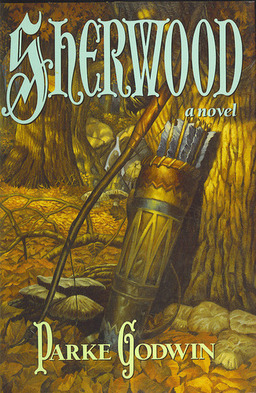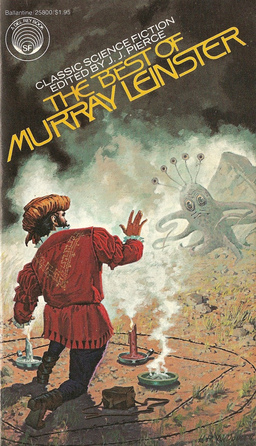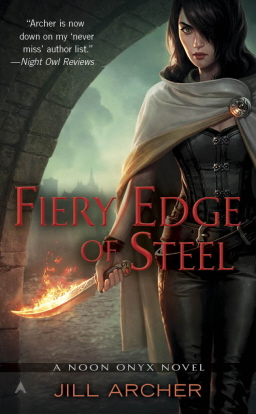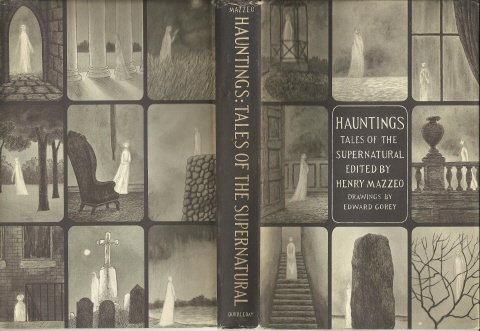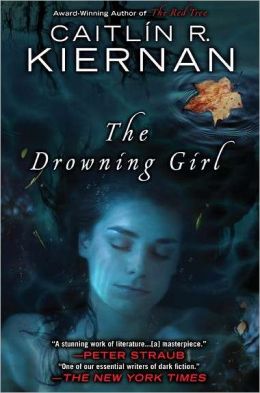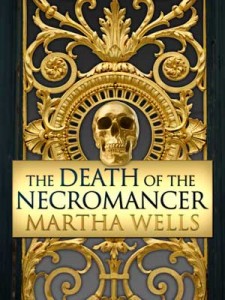Vintage Treasures: Tales of Outer Space, edited by Donald A. Wollheim
 Sometimes I think I owe Donald A. Wollheim for a big chunk of my childhood.
Sometimes I think I owe Donald A. Wollheim for a big chunk of my childhood.
Today we’re looking at Tales of Outer Space, a collection of interplanetary adventure tales edited by Wollheim in 1954, a decade after he invented the mass-market SF anthology with The Pocket Book of Science Fiction in 1943 (the first book with the words “Science Fiction” in the title), and not long after he produced the first original SF anthology, The Girl With the Hungry Eyes, in 1947.
That’s some pioneering stuff. But Wollheim spent most of his career as a pioneer. From 1947 to 1951, he was the editor of Avon Books, where he introduced mainstream America to mass-market editions of some of the best fantasy from the pulp era — including Ralph Milne Farley’s An Earth Man on Venus (which I discussed last month), A. Merritt’s The Moon Pool, and eighteen issues of the highly sought-after fantasy paperback magazine, The Avon Fantasy Reader, among many other accomplishments. He even published C. S. Lewis’s Silent Planet space trilogy.
In 1952, Wollheim left Avon to spearhead a new paperback imprint, Ace Books, where he remained for 20 years. While there, he added science fiction to their lineup for the first time and, in a stroke of brilliance which endeared him to future generations of paperback collectors, invented the Ace Double in 1952.
You may have heard of some of his other successes at Ace as well: he first introduced Tolkien’s The Lord of Rings to the US in 1964 (against Tolkien’s wishes, as it happened) and published Frank Herbert’s obscure hardcover Dune in a paperback edition that made it a bestseller in 1965.
That ought to be enough for anyone. But of course, as many of you know, it wasn’t enough for Wollheim. In 1971, he left Ace to found his own publishing company, which bore his initials. DAW was the first mass market publisher to specialize in SF and fantasy, and before his death in 1990, it had acquired and published over a thousand titles, making it one of the most successful genre publishers of all time.
Of course, most of that was in Wollheim’s future when he released Tales of Outer Space — but the seeds of greatness were already there for anyone who looked.
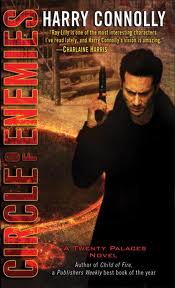
 There’s a distinctive kind of surprise some science fiction books can generate: surprise that a book which seems to be speaking to the beliefs, fears, or world-view of a given time was in fact written well beforehand. I remember being taken aback, for example, that A Clockwork Orange was first published in 1962, before hippies and punks and the coining of ‘generation gap’ (first recorded 1967). And it’s interesting to me that Maureen F. McHugh’s China Mountain Zhang, published in 1992, calmly and thoroughly imagines a future dominated by China — something much discussed today, but a less common idea before the turn of the millennium. McHugh’s book is a twentieth century novel, lacking a world wide web or smartphones, that speaks to the twenty-first.
There’s a distinctive kind of surprise some science fiction books can generate: surprise that a book which seems to be speaking to the beliefs, fears, or world-view of a given time was in fact written well beforehand. I remember being taken aback, for example, that A Clockwork Orange was first published in 1962, before hippies and punks and the coining of ‘generation gap’ (first recorded 1967). And it’s interesting to me that Maureen F. McHugh’s China Mountain Zhang, published in 1992, calmly and thoroughly imagines a future dominated by China — something much discussed today, but a less common idea before the turn of the millennium. McHugh’s book is a twentieth century novel, lacking a world wide web or smartphones, that speaks to the twenty-first.